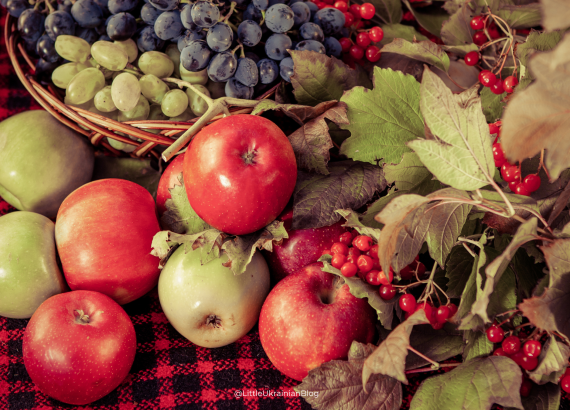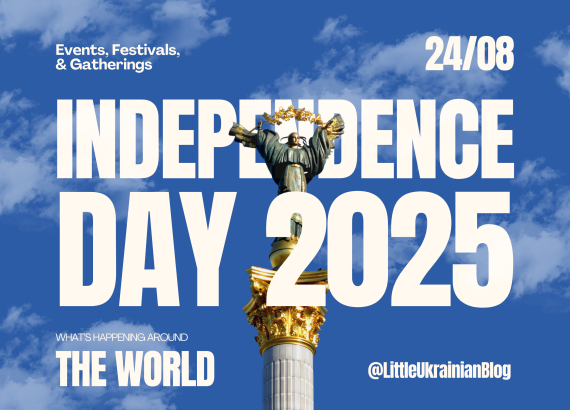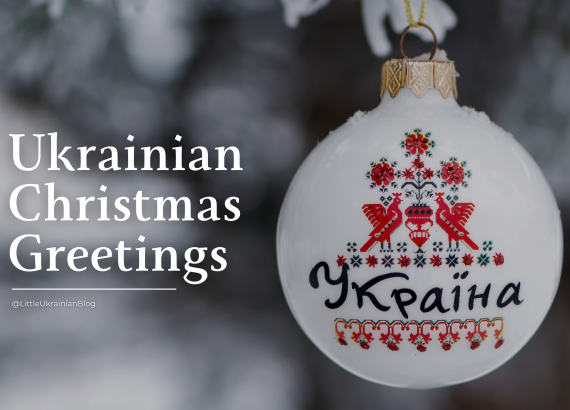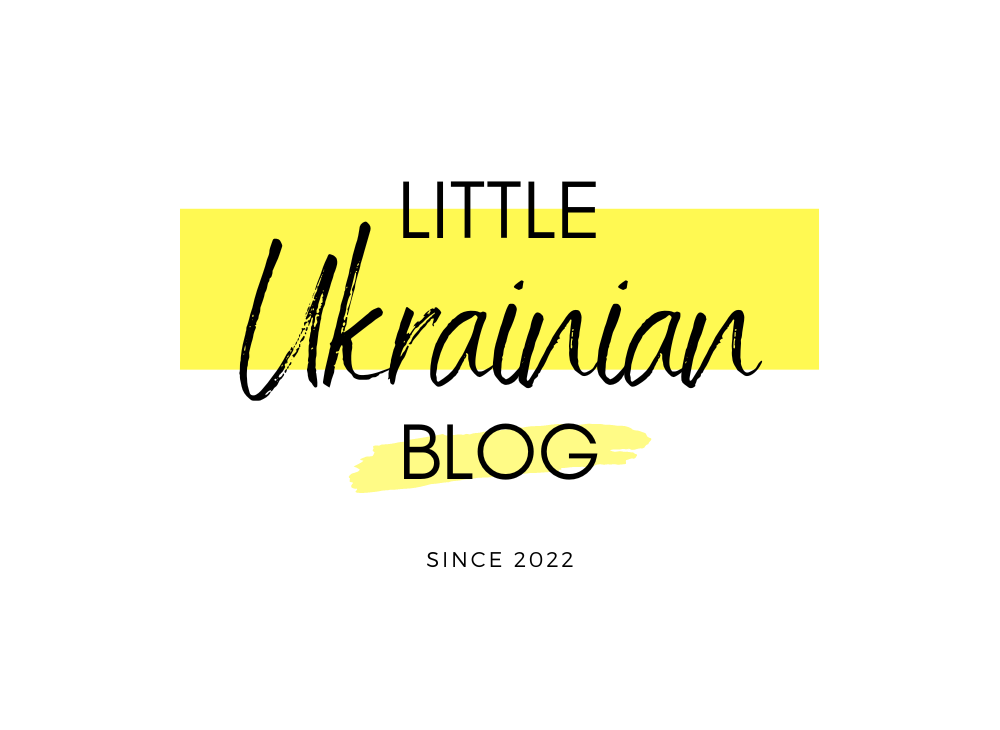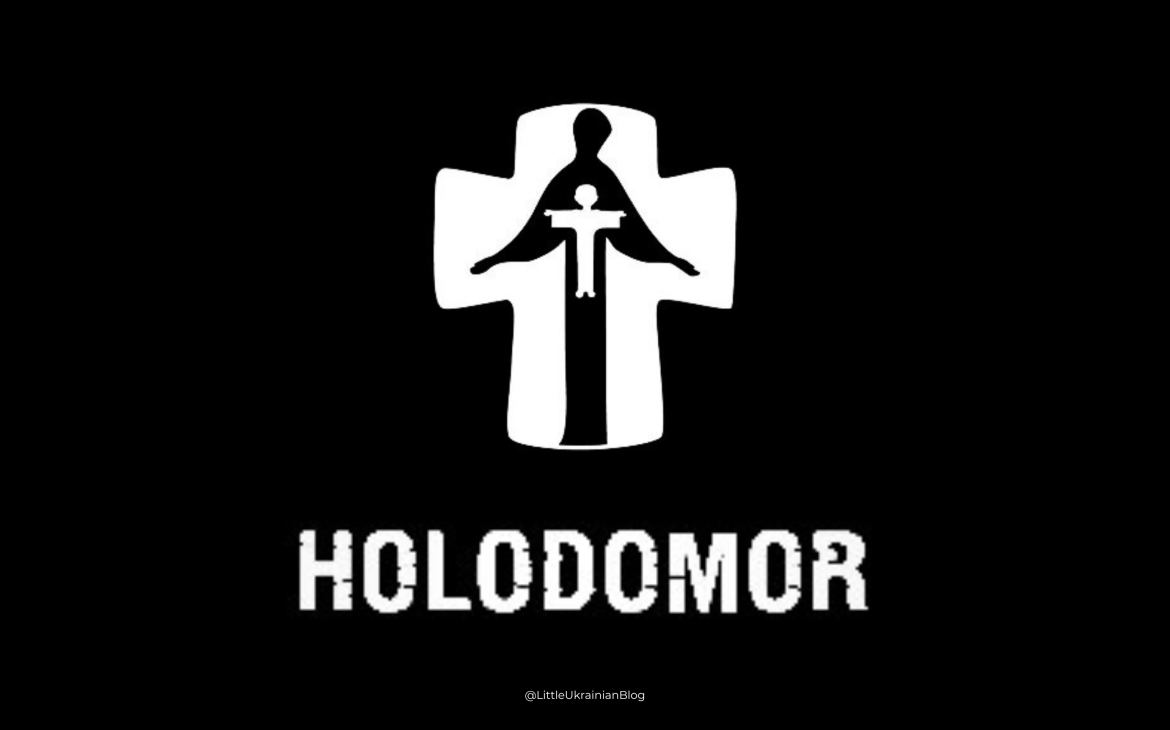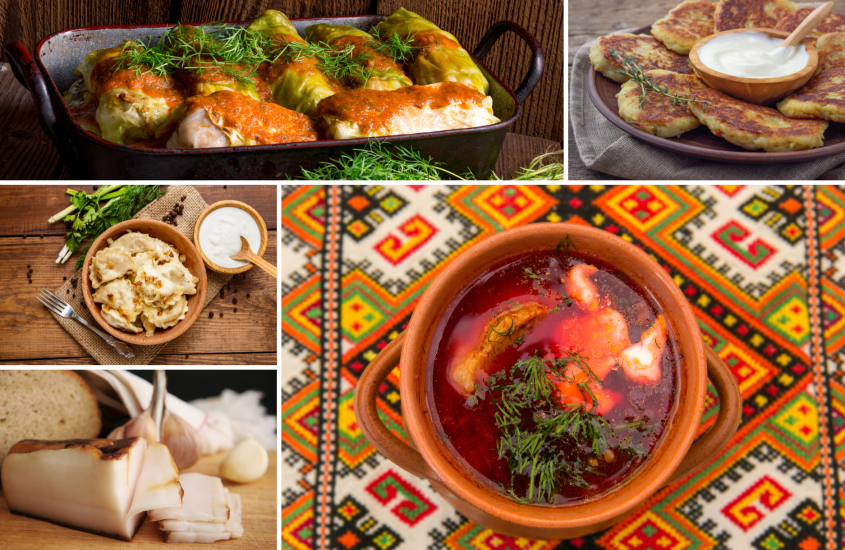Between 1932 and 1933, over 3.5 million Ukrainians were systematically starved to death in a man-made famine known as the Holodomor. The famine was manufactured by Soviet Russia with the intent to starve the Ukrainian population into submission.
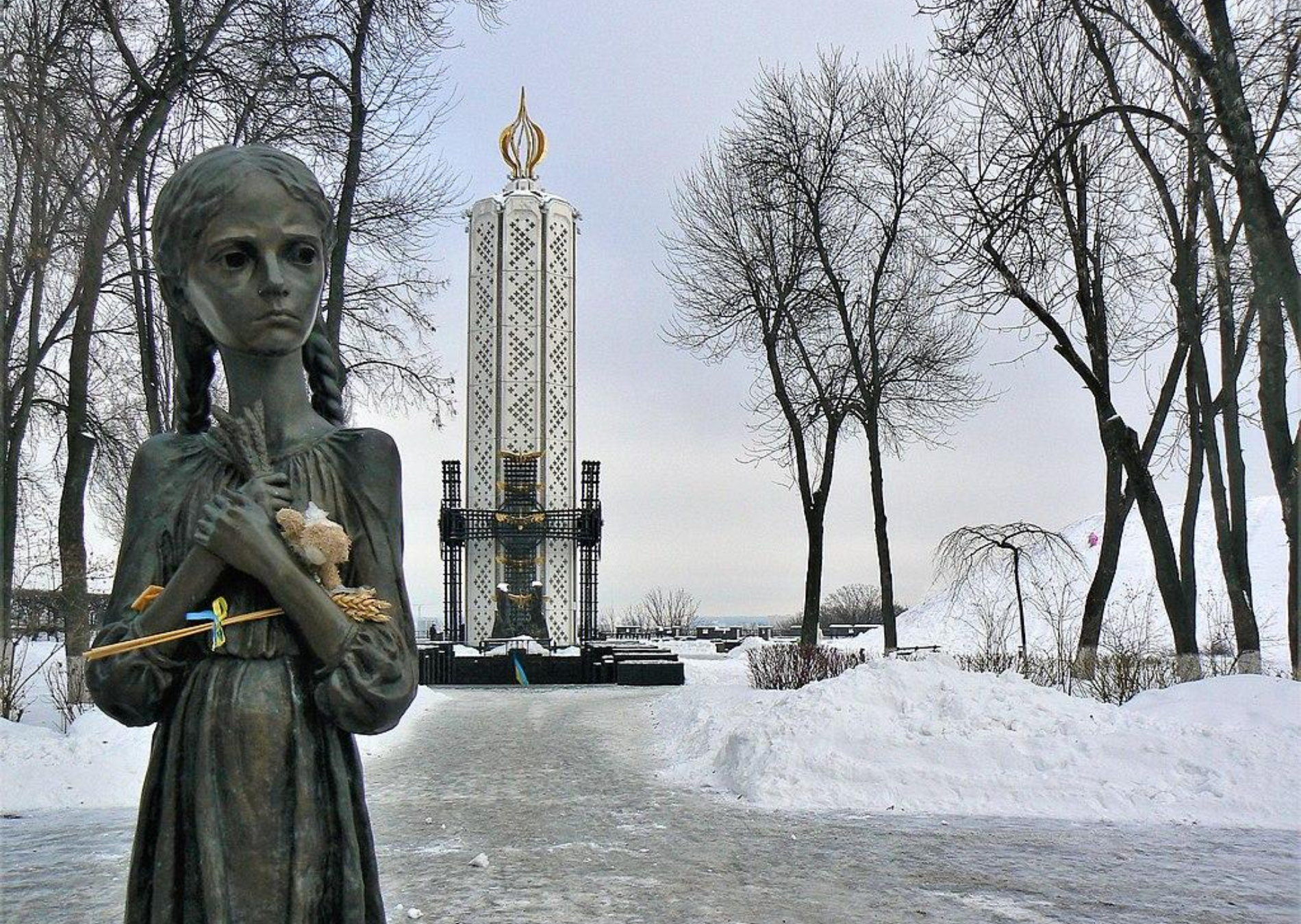
Disclaimer: This blog post contains content and images that some readers may find distressing. Viewer discretion is advised.

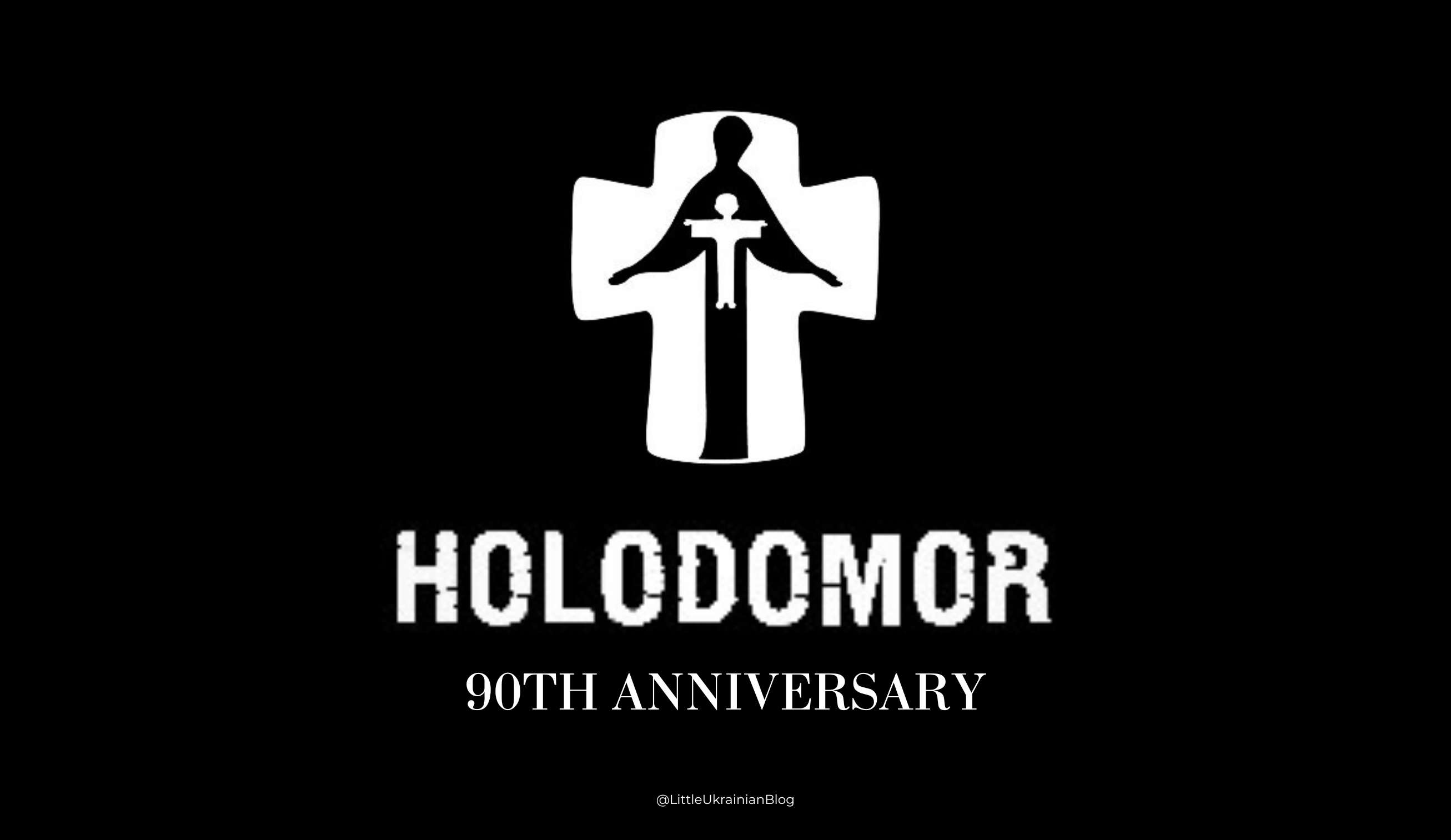
Contents
- The Impact | Вплив
- Causes and Organisation | Причини й організація Голодомору
- Why Ukraine? | Чому Україна?
- Ukrainian Resistance | Український опір
- Soviet Denial | Радянське заперечення
- Recognition of the Holodomor as Genocide | Визнання Голодомору геноцидом
- Holodomor Remembrance Day | День пам’яті жертв Голодомору
- Further Reading | Читати далі

Impact
Вплив
At the height of the famine, June 1933, 28,000 Ukrainians were dying every day: 1,168 per hour, 20 per minute.
It was forbidden to list the cause of death as “hunger” so death certificates usually attributed “typhus”, “exhaustion”, or “old age”. Because of this, the exact number of victims is unknown. The figure most generally accepted among historians is between 4 and 7 million.
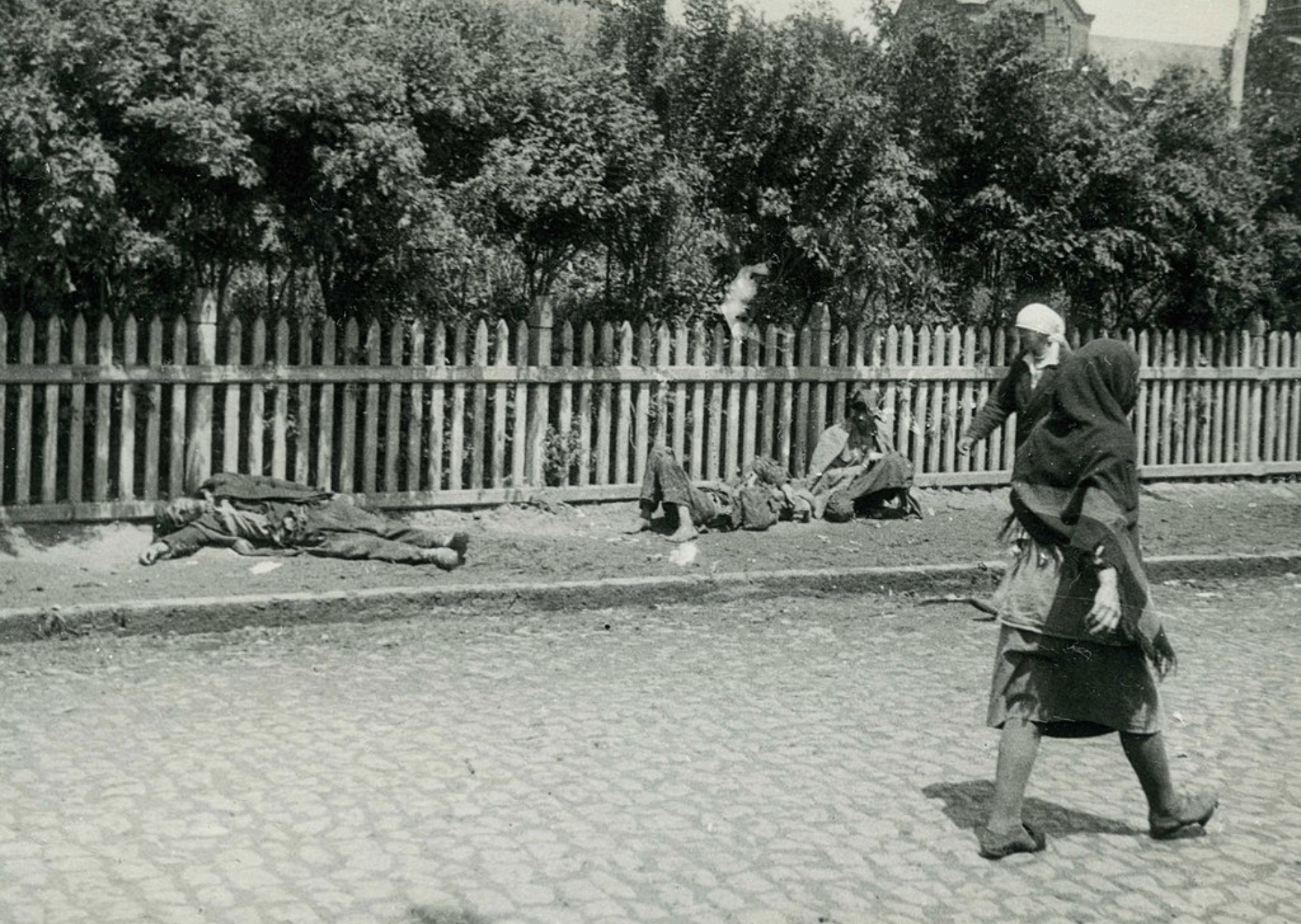
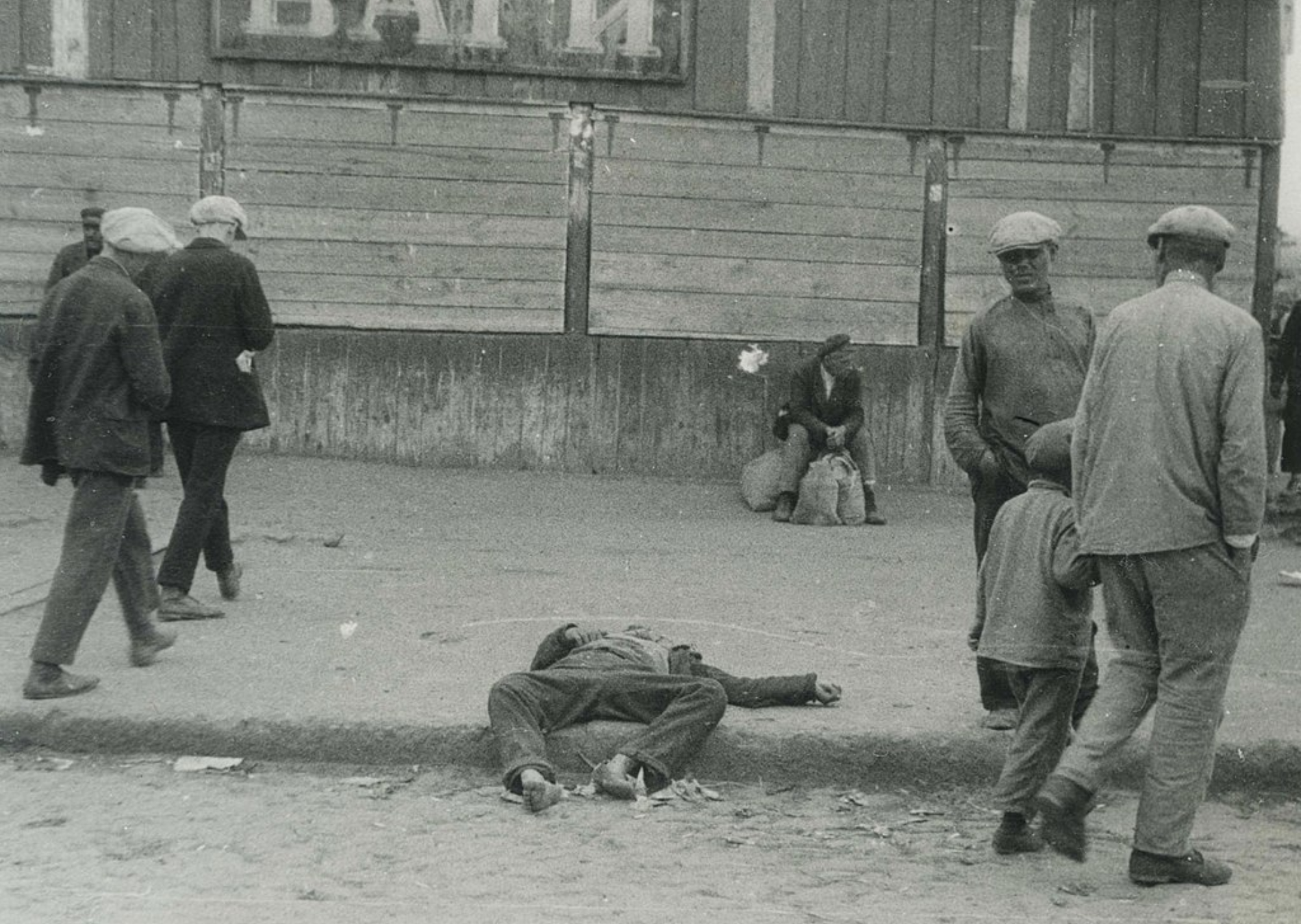

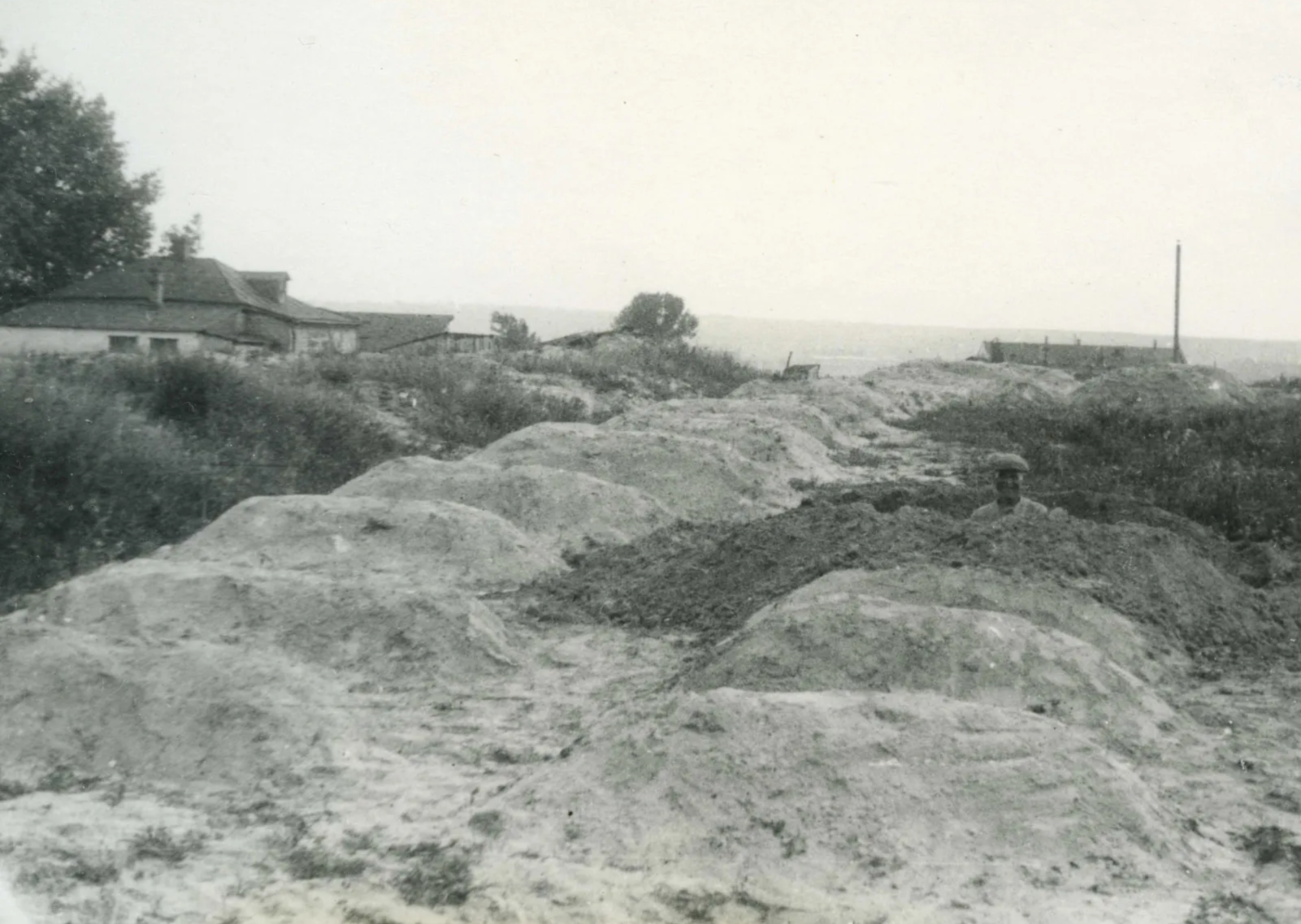
Children | Діти
The mortality rate among Ukrainian children reached 50%.
Hundreds of thousands of children became orphans. The NKVD organised a concentration camp for these children – nicknamed the “death barracks” due to its mortality rate of 40%. With less Ukrainian children able to join schools, the number of Ukrainian schools was also reduced.
Those who survived the Holodomor were forced to repress their memories and mourning for over 50 years of Soviet rule.
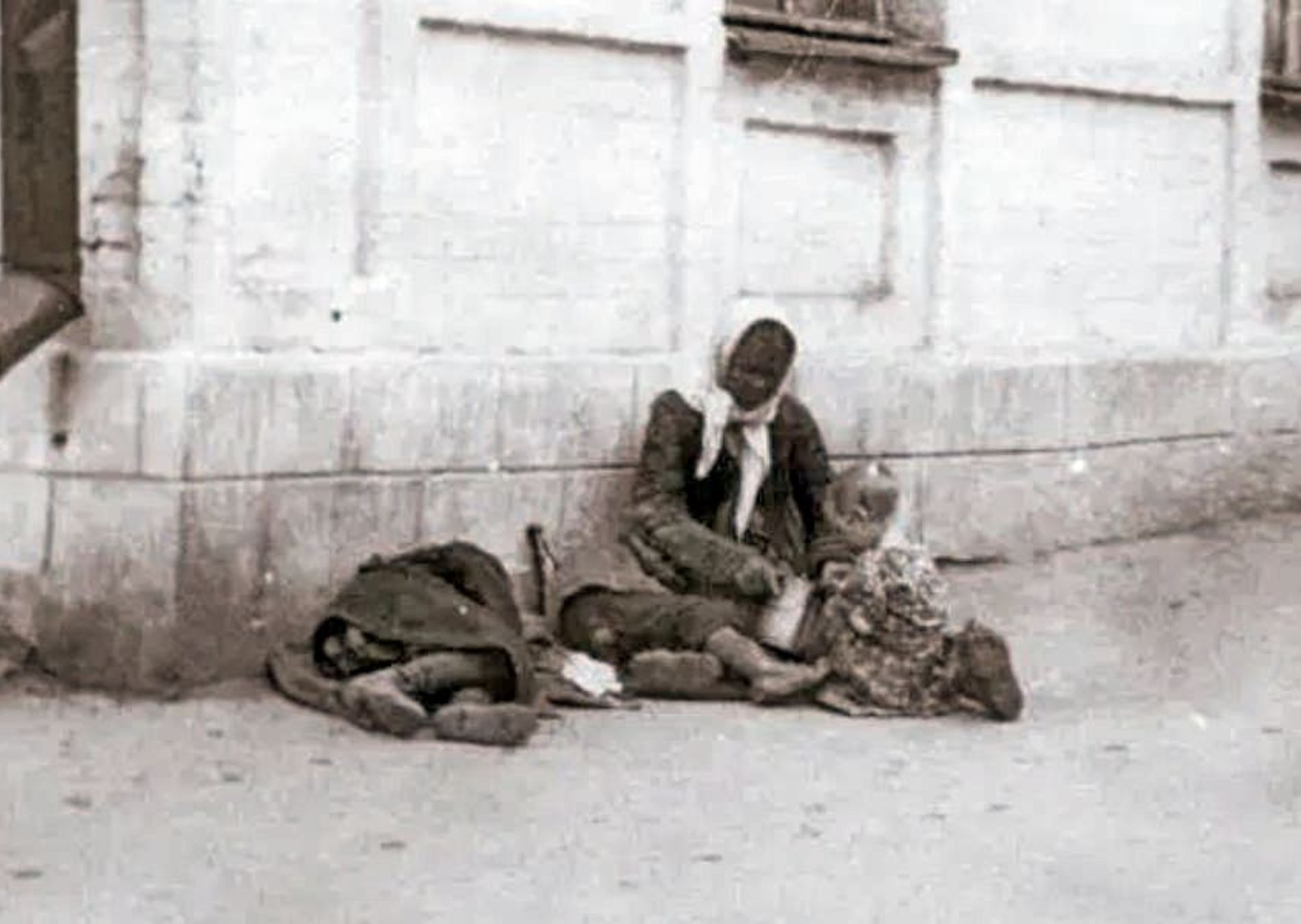
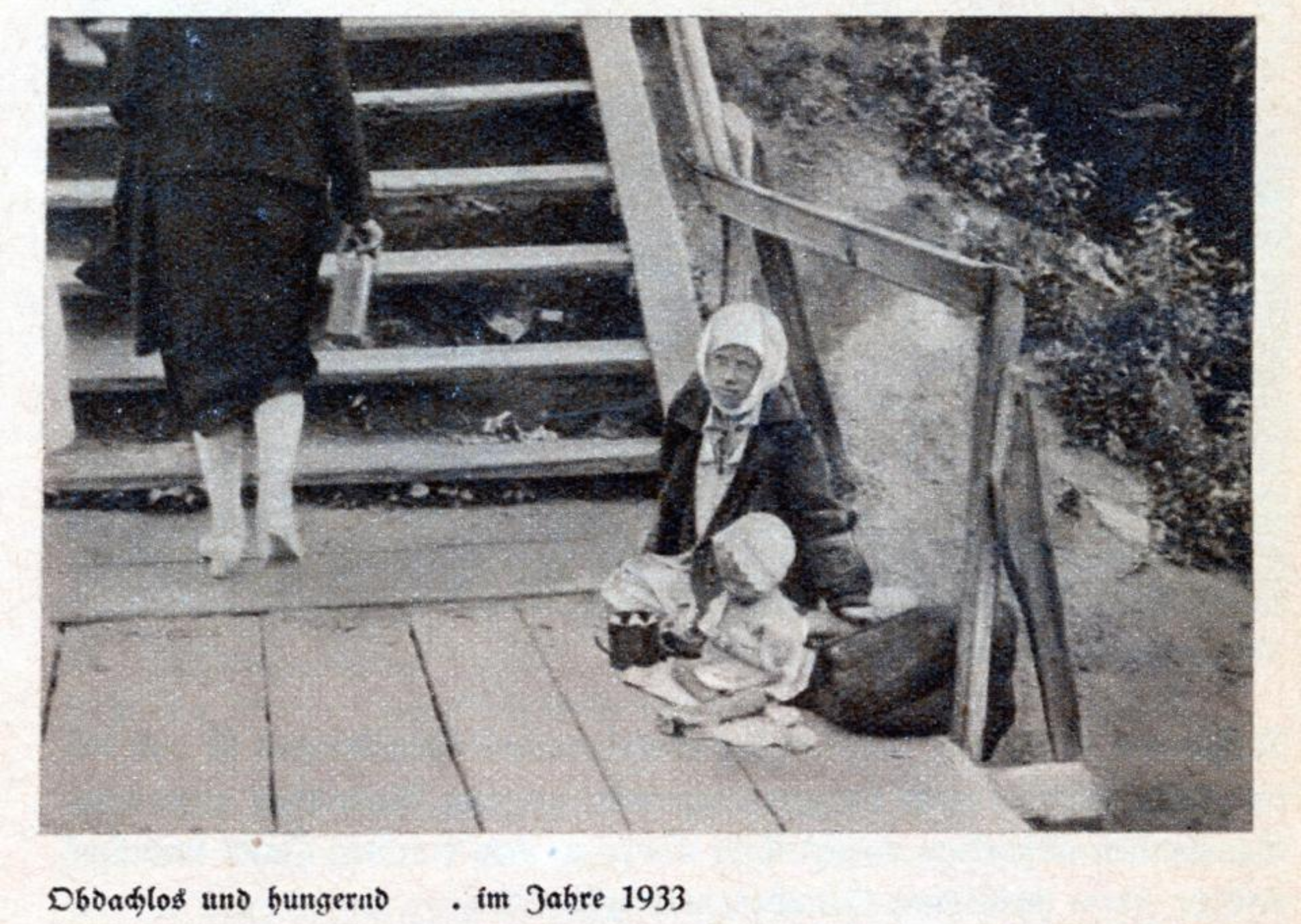

Causes and Organisation
Причини й організація Голодомору
Around 400 archival documents confirm that the Holodomor was organised from above.
A timeline of key events:
In 1928, the Soviet leadership declared a collectivization policy, merging privately-owned individual farms with state-owned collective farms.
Thousands of churches in Ukraine are destroyed; priests are arrested. Farmers are assigned unrealistically high quotas for grain to be delivered to the state.
This law took away people’s right to have any food, with searches among the population to forcefully withdraw grain. The decree callsed for the arrest or execution of any person – even a child – found taking as little as a few stalks of wheat or any possible food item from the fields where they worked.
Kaganovich, overseeing the North Caucasus/Kuban region, and Molotov, responsible for Ukraine, arrive with over 100,000 officials and military personnel to enforce the fulfilment of grain procurement quotas. They traverse the rural areas, conducting thorough searches of homes and confiscating concealed grain reserves. enforce the fulfillment of grain procurement quotas. They traverse the rural areas, conducting thorough searches of homes and confiscating concealed grain reserves.
Villages and collective farms falling short of their grain quotas face being “blacklisted,” resulting in the denial of food and other goods. Over 1/3 of all villages end up on these blacklists.
Internal passports were introduced to prevent travel, with military and SPD units positioned along the border of Ukraine. Only Ukrainian and Kuban farmers were forbidden from entering cities with food.
Soviet records show that in January of 1933, there were enough grain reserves in the USSR to feed well over 10 million people. Instead, Ukrainians continued to starve.
At the height of the Holodomor, 28,000 people per day are dying of starvation. Whole villages and collective farms are decimated. Moscow still denies there is a famine.

Why Ukraine?
Чому Україна?
The reasoning behind this is twofold:
1. The Holodomor was more than just a famine. It was the deliberate intention of Soviet Russia to break the Ukrainian spirit into submission.
2. Regarded as the ‘Breadbasket of Europe’, Stalin wanted to exploit the wealth of agricultural advantages in Ukraine for the benefit of Russians.
In other words, russia has always sought to steal Ukraine’s resources, viewing Ukrainians as a hinderance to be eliminated.

Ukrainian Resistance
Український опір
In the years leading up to the famine there was widespread unrest and resistance in the period leading up to the Holodomor. Historians have recorded about 4,000 farmers’ mass demonstrations in the early 1930s against collectivization.
Survival | Виживання
To escape dying, starving people ate anything available to them: grass, bark, acorns, cats or dogs. Dying parents instructed their children to eat their corpses after passing, to ensure their survival.

Soviet Denial
Радянське заперечення
Denying the existence of the famine was the Soviet state’s position and reflected in both Soviet propaganda and the work of some Western journalists and intellectuals including George Bernard Shaw, Walter Duranty, and Louis Fischer.
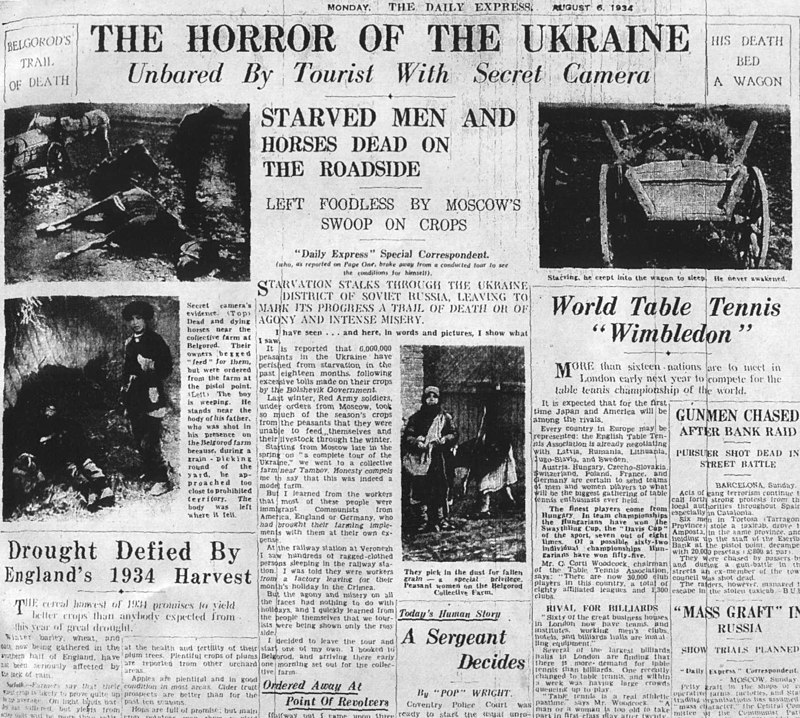

Recognition of the Holodomor as Genocide
Визнання Голодомору геноцидом
Whilst the definition of ‘genocide’ itself is often subject to scholarly discussion, the concept against which the Holodomor is critically examined is that developed by Raphael Lemkin, and later slightly amended and adopted by the UN in 1948. In the UN Convention, genocide is defined as the “intent to destroy, in whole or in part, a national, ethnical, racial or religious group” through several means.
The event is considered a genocide by Ukraine and the European Parliament. In November 2022, the Bundestag (German Parliament) officially declared their recognition of the Holodomor as a genocide of Ukrainians.

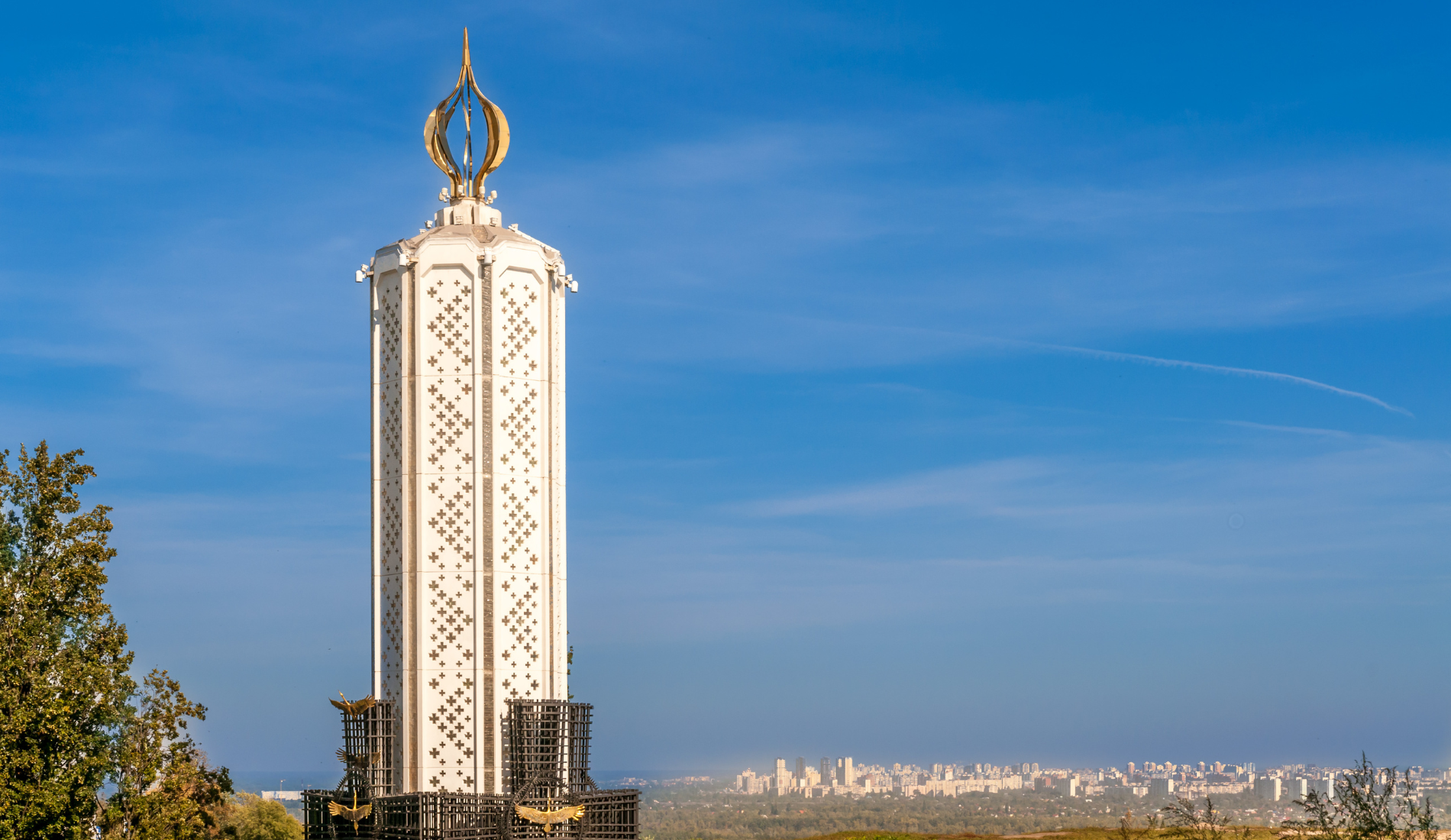
Holodomor Remembrance Day
День пам’яті жертв Голодомору
The Day of Remembrance of the Victims of the Holodomor is an annual national memorial day in Ukraine, which falls on the fourth Saturday of November. This year, 2023, marks the 90th commemoration of the Holodomor Genocide.

Further Reading
Читати далі
To read:
Applebaum, Anne. Red Famine: Stalin’s War on Ukraine. 2017.
Conquest, Robert. The Harvest of Sorrow: Soviet Collectivisation and the Terror-Famine. 1986.
Snyder, Timothy. Bloodlands: Europe Between Hitler and Stalin. 2011.
To watch:
Timothy Snyder’s lecture on the Holodomor.
Ukrainian Canadian Research and Documentation Centre’s film Harvest of Despair, 1985.
The film Mr Jones (2019) based on the story of Gareth Jones.
Online resources:
Holodomor Museum in Ukraine, English Version.
Holodomor Research and Education Consortium Canadian Institute of Ukrainian Studies University of Alberta, (HREC).
The Ukrainian Canadian Congress’s (UCC) webpage on the Holodomor.

May the Memory of the Victims Be Eternal.
Вічная Пам’ять.

